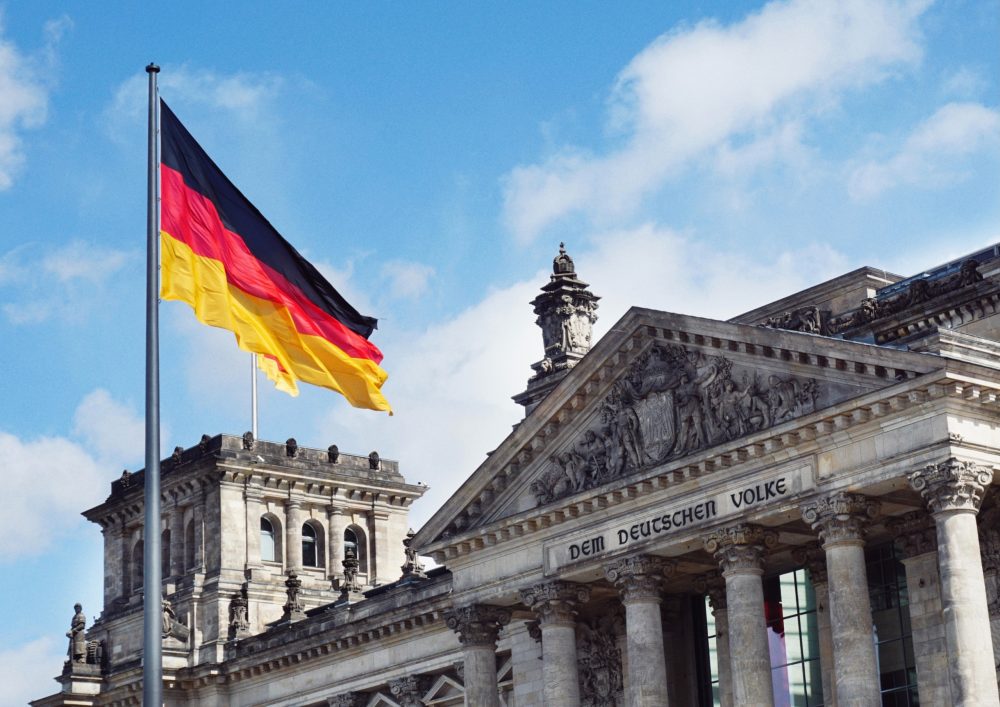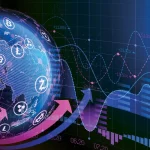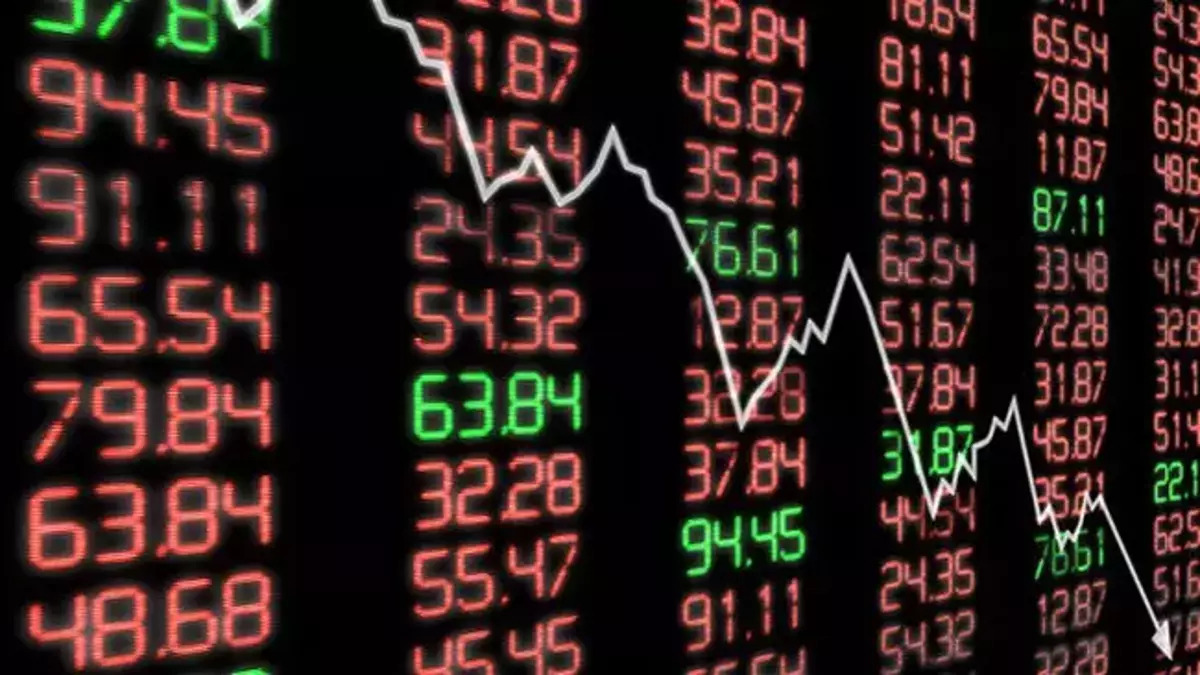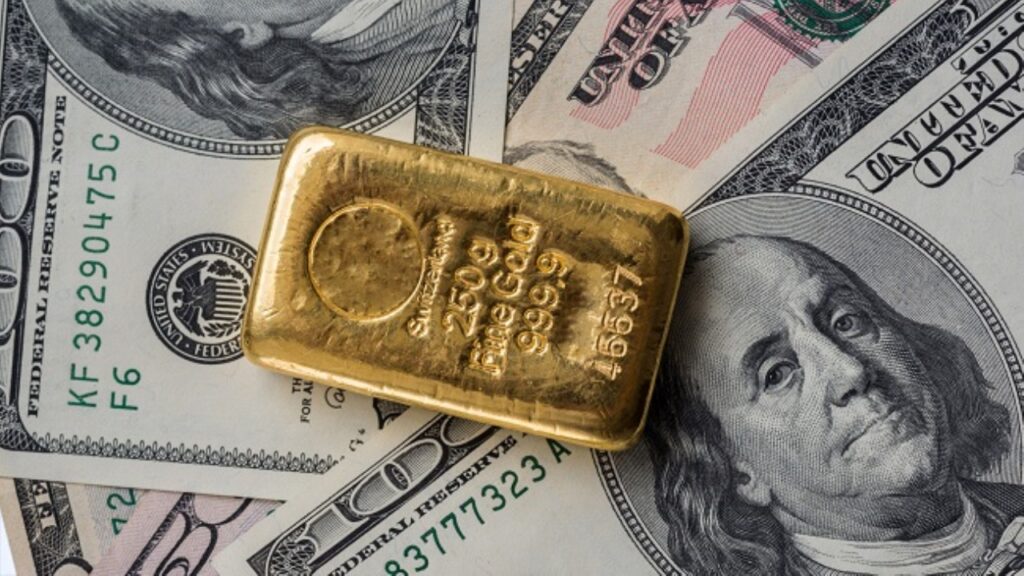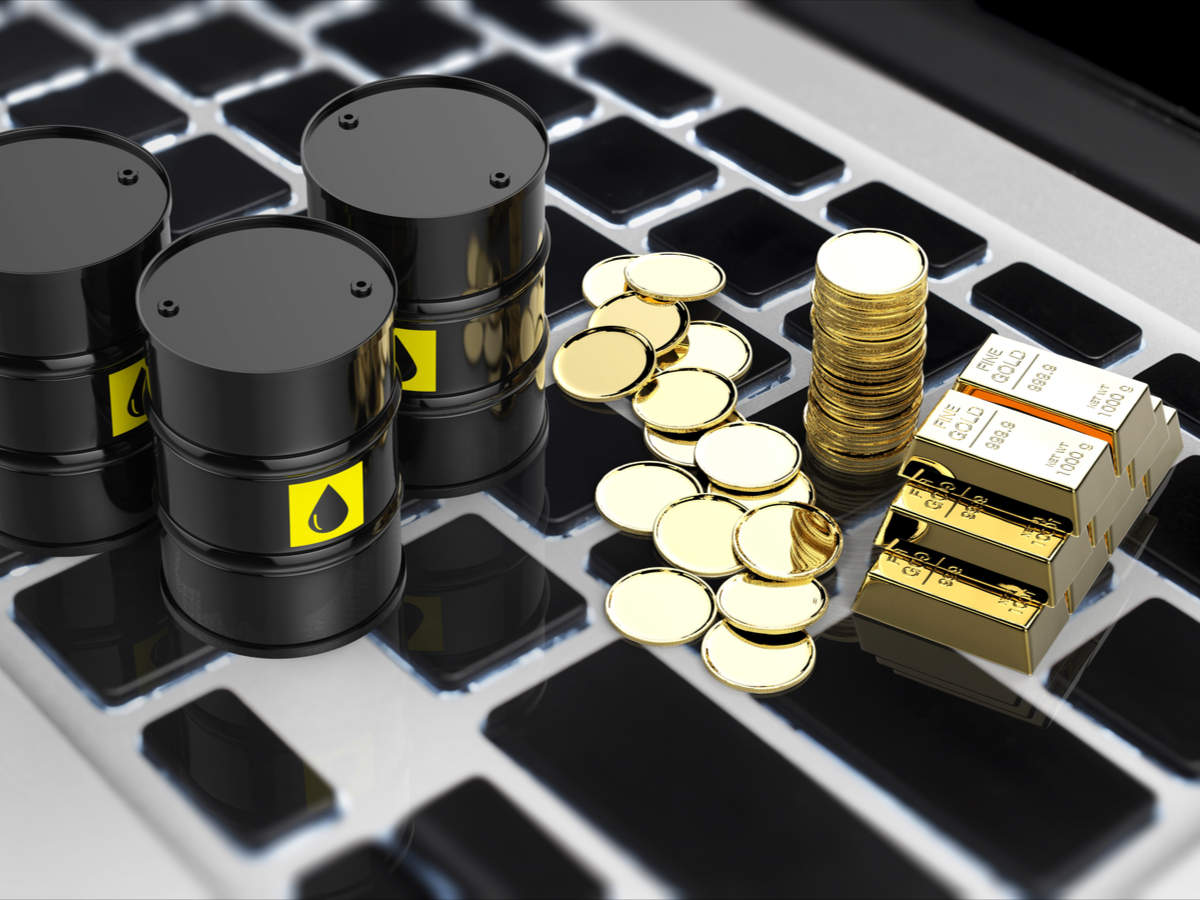Inflationary pressures continue to ease in Germany, Europe’s largest economy. According to the data released today, the producer price increase rate fell to the lowest level in the last 2 years.
According to the data released by the German Statistics Office, the producer price index in the country for May increased by only 1% compared to the previous year. After the 4.1% increase recorded for April, investors were expecting producer inflation to fall to 1.7%. The figures, which were more positive than the market expectations, pleased the investors.
The annual PPI, which was recorded as 0.9% in January 2021, advanced to 45% in the summer of 2022. After the inflation peaked in the last 50 years, the German government and the European Central Bank, which pressed the button, overcame the problem in a short time by implementing tight monetary policy.
Why Inflation Rises, Why Is It Falling?
It is useful to remind the important effect of the pandemic on the price increases in the past period. Governments, who did not want economies to stop during the COVID-19 era, reduced interest rates to almost zero. When the problems in supply chains were added to the low interest policy, both demand and supply-based inflation occurred in many parts of the world. Today, governments are fighting demand inflation while the supply-driven inflation effect is left behind due to the supply chain.
Although we encounter consumer inflation more often in the news headlines, the PPI data is also of great importance. At the end of the day, producers with increasing costs have to raise prices to maintain their profitability. For this reason, some investors use the CPI-PPI spread to predict future inflation.
Despite the 1% PPI data in Germany today, consumer inflation was recorded as 6.1% annually. This situation reveals that the producer-based pressure on inflation has decreased.
In our country, there is no significant difference between producer-consumer price increases as of May figures.

